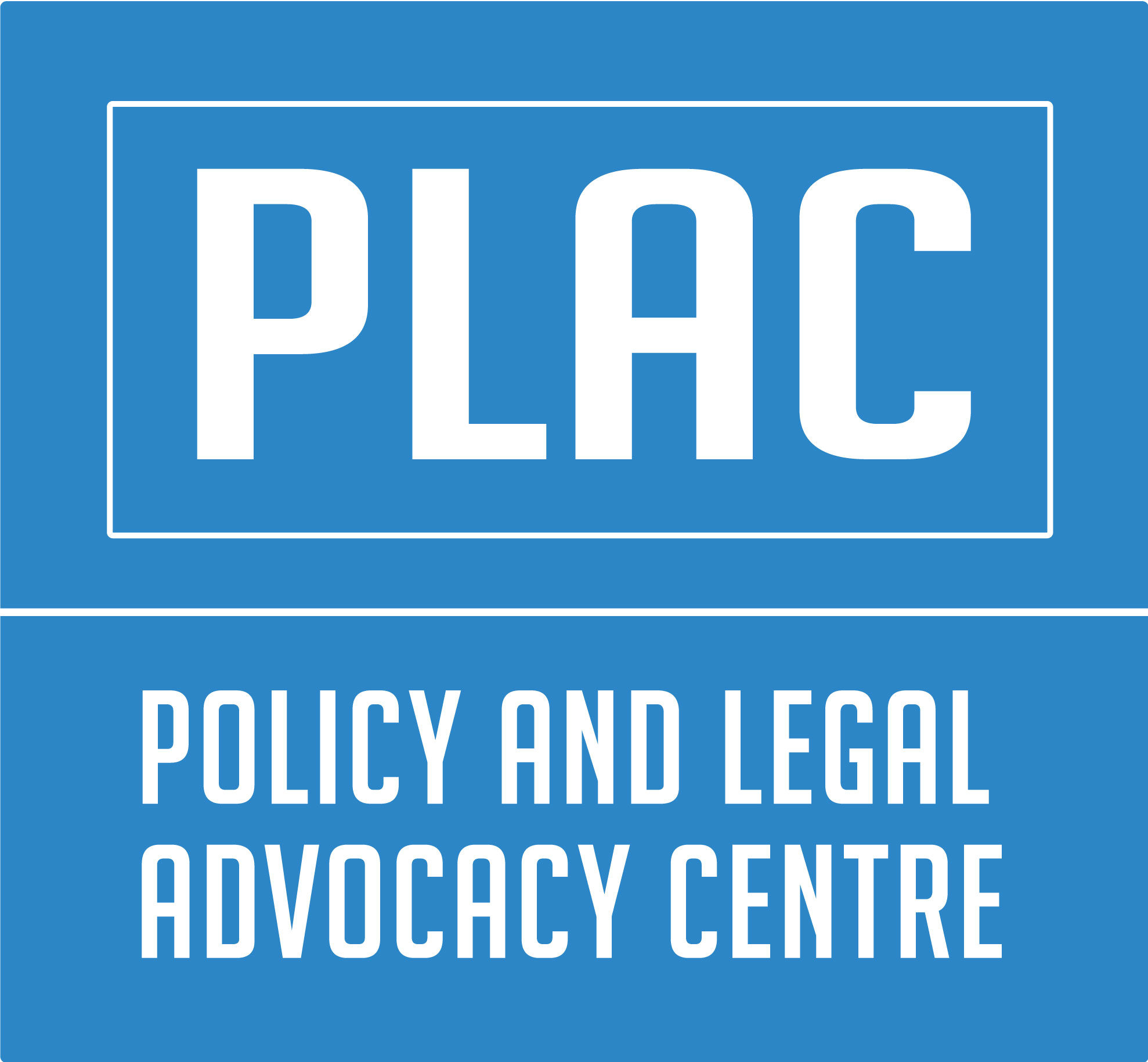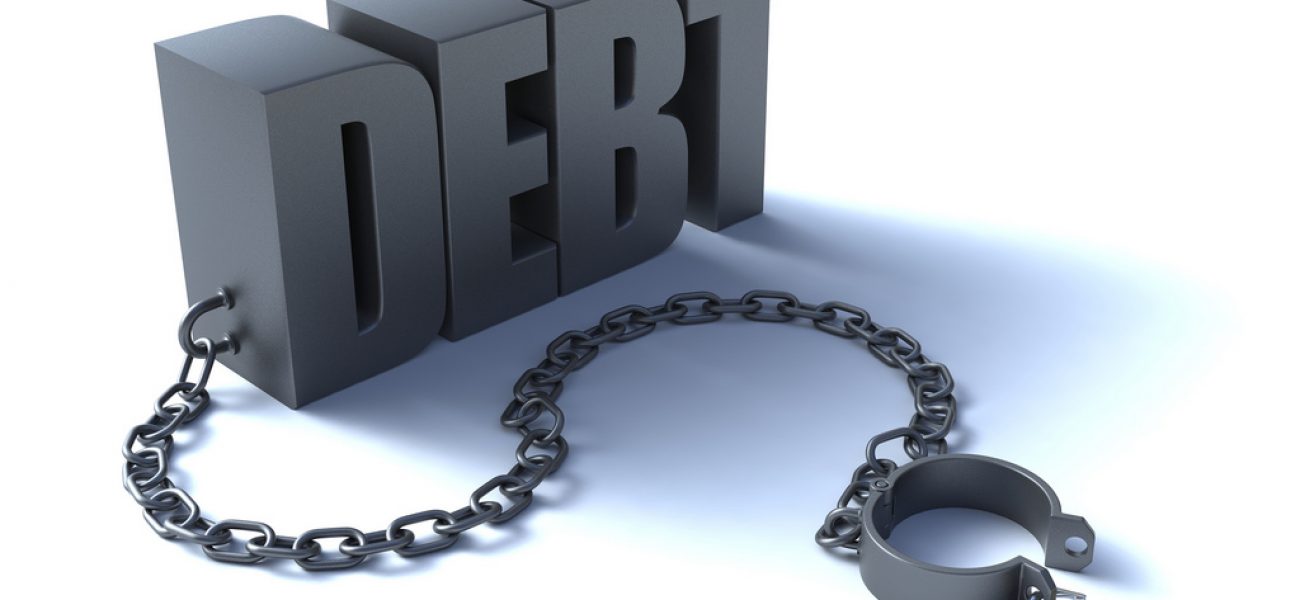With Nigeria’s national debt now exceeding an unprecedented $85 billion, the Senate has approved the Executive’s plan to borrow an additional $22.7 billion looking to up Nigeria’s debt profile to $108.1 billion. At its plenary, the Senate in a controversial debate on Thursday, March 5, approved the President’s request to borrow $22.7 billion. More than 70% of the loan is expected to come from the Exim bank of China. Across the world, Chinese loans to African countries have often raised concern, especially regarding transparency issues. China is currently funding on loan, several projects in the country, especially in the area of transportation and road construction. There is however concern as several of these projects, their costs, value for money and local content are seriously skewed against Nigeria. The Nigerian government is accused of signing several loan commitments to China without adequate scrutiny or even perhaps against the country’s national interest. Indeed, it would appear that loans from China are regarded as easy money by the Executive.
The Federal Government’s spending plan for the $22.7 billion has allocated over $5 billion to the Lagos-Kano rail project, $4.8 billion to the Mambilla hydroelectric power project and $3.47 billion to the Calabar/Port Harcourt deep seaport, among other projects. However, education and social welfare were each allocated $500 million, with the North-east restoration plan expected to take up $300 million.
Sources of the $22.7bn loan
| Sources | Amount (in US Dollars) |
| Exim Bank of China | $17 billion |
| World Bank | $2.95 billion |
| Africa Development Bank | $1.88 billion |
| Islamic Development Bank | $110 million |
| German Development Bank | $20 million |
| French Development Agency | $480 million |

